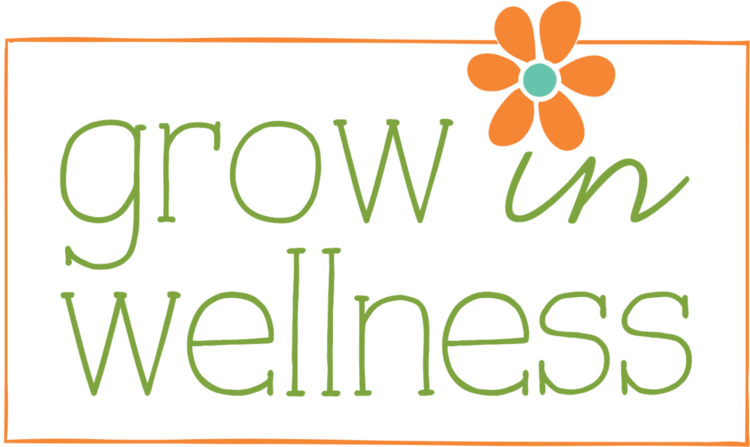Snack-Food Company Secrets
I still like to read the newspaper the old-fashioned way, printed on newsprint and delivered to my door. Every Sunday, our newspaper runs a column, “The Wall Street Journal Sunday” in our business section. My favorite place to land is their weekly column called “10 Things”. Each week they list Ten Things that are the equivalent of insider secrets of companies and how we are getting duped by these businesses. Take these headlines for example, “10 things your personal trainer won’t tell you” or “10 things all-inclusive vacations won’t tell you” – they reveal things that will make you think twice before taking action.
This week’s column had me throwing up my hands and yelling ‘hooray’ (well, not literally, but you know what I mean). It was “10 Things… Snack Food Companies Won’t Say”. It’s about time the deceitful world of snack-foods got some press and consumers stopped trusting that these companies put out a quality product just because of the cute packaging and clever marketing.
Here are a few excerpts from the main article:
“Our Ingredients have a big ick factor- Some snack foods might lose their appeal if consumer knew what was in them. For example, to create shades of red, purple and pink in fruit juice, ice cream and candy, many manufacturers use ground-up, boiled beetle carcasses, which have long been deemed safe by the Food and Drug Administration. You won’t find the word ‘beetle’ on the label they are usually identified as carminic acid or cochineal extract. “
“Factories aren’t inspected very often – Each year more than 300,000 Americans are hospitalized and 5,000 die from contaminated foods and beverages, according to the US Centers for Disease Control and Prevention. Data on FDA inspections suggest that regulators don’t consider snack-food facilities high-risk, so they are less likely than other foods plants to be inspected for sanitary violations”
“ That energy bar is really a sugar bar. The nutrition and snack bar market generated $5.5 billion in 2013… and many consumers have come to see energy bars as a health food. But read their ingredients, and many energy bars look like garden-variety candy bars. ‘They are highly engineered sugar-delivery systems”, says Sean C. Lucan at the Albert Einstein College of Medicine.”
and if you followed the news about Subway and its bread ingredients lately, this will sound familiar:
“ Azodicarbonamide, or ADA, is found in roughly 500 packaged foods found in the U.S. according to researchers. Foods like cupcakes, cookies and crackers. Food makers use the compound to improve bread’s texture, but it’s also used by plastics manufacturers in yoga mats, flip-flops and other products... Some research has linked ADA to respiratory problems and allergies; it’s legal to use in the U.S., but banned in the European Union.”
There are lots of ingredients the US allows that are banned in the EU, but that’s another post for another day. Of the ten things mentioned in this article, there is one that is particularly important to get across to consumers:
“’Natural’ is naturally meaningless. The FDA doesn’t regulate snack-food manufacturers use of the word…as a result, ‘natural’ basically has no meaning in food labeling. Products often include compounds produced in laboratories…”
Hooray for the Wall Street Journal making an effort to educate consumers about the food they eat! It’s a big start to changing consumer buying habits. It needs to continue and consumers need to start paying attention to what is in the food they buy and eat. The healthiest foods out there are the ones that don’t need a label! There’s a reason that apples don’t have an ingredients list - because what you see is what you get – they are simple, healthy, real food.
If you want to learn more about what’s in the food we eat, there are two great books I recommend, “Salt, Sugar, Fat” and “Pandora’s Lunchbox”. These two books give you an inside look at how the food companies manipulate the food they create and sell. They are only seeking to get rich at the expense of your health (and your waistline).
The bottom line? Know what you are putting in your body. Read the ingredients list, not just the front of the package. If you don’t recognize what’s on it, then you probably shouldn’t be eating it. So the next time you’re hungry and need a snack, reach for an apple instead of that processed packaged snack bar. You’ll fill up on vitamins, fiber and nutrients without extra calories or sugar. Your body will thank you.
<Full Wall Street Journal article can be found here.>

